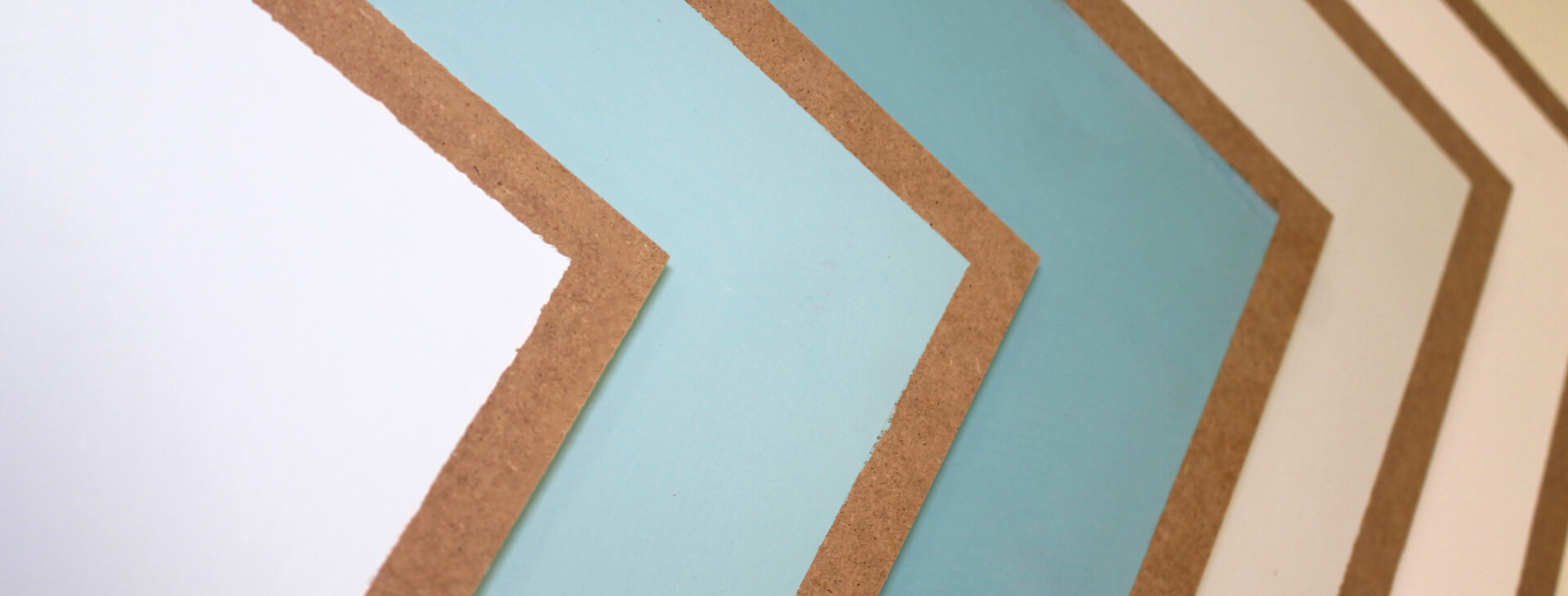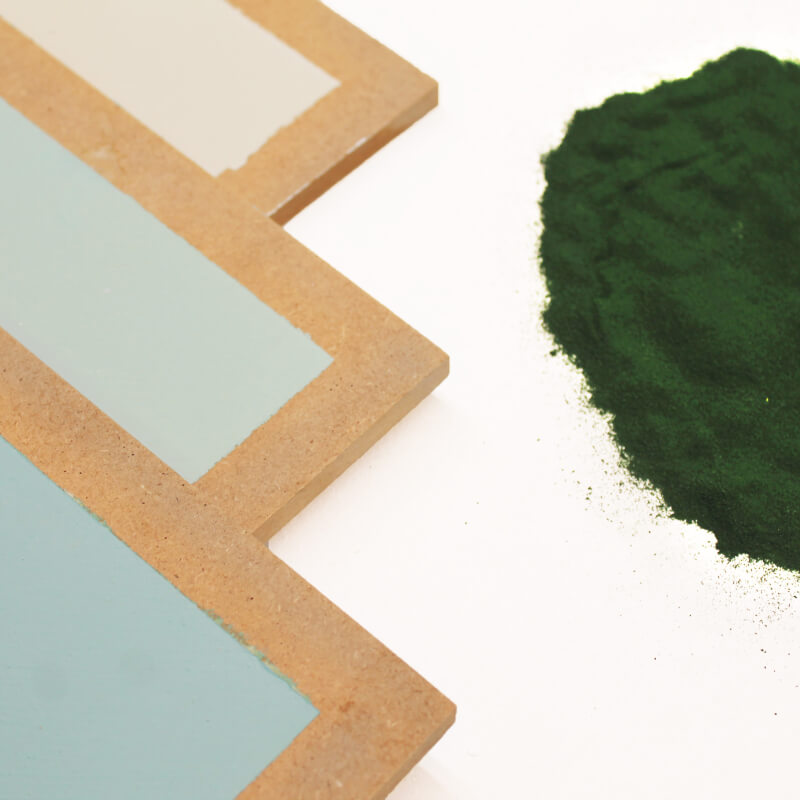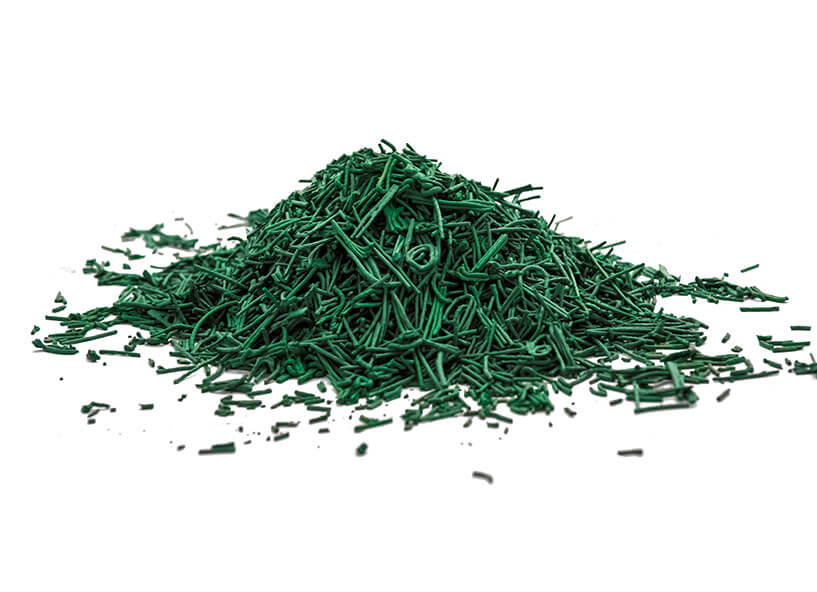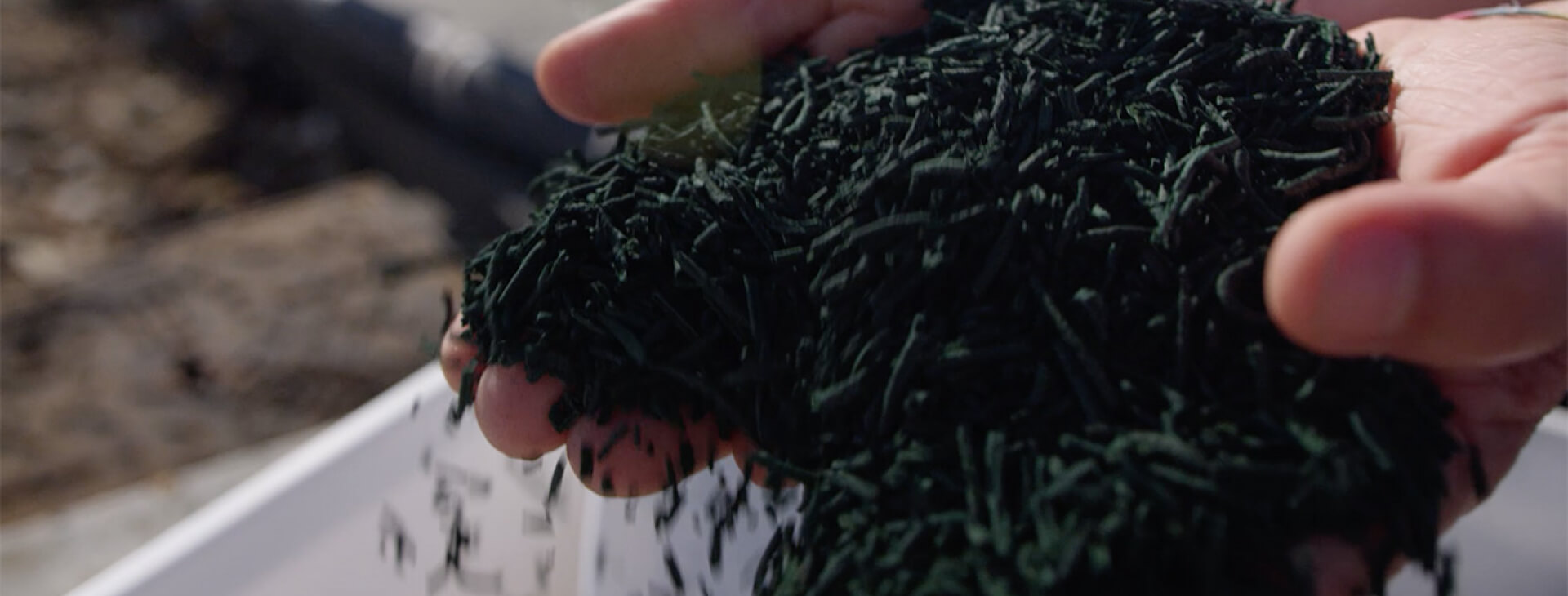Still today, colour gives us a feel of the balance between technique, dreams, and new economic models. Gruppo Boero and Tolo Green are working together on neo-materials, starting with Dubai.
Paints that are living surfaces. Italo Rota, considered the architect of complexity, defines the product prototype created for Expo 2020, an experiment that saw our researches working on the urgent and common objective of participating in building a new way of living in the world. And so began the concept of using neo-materials, raw materials created through a partnership with nature and which, in the collaborative project between Gruppo Boero and Tolo Green saw the algae, spirulina, become the co-protagonist. “We became obsessed with algae,” explains Italo Rota who designed, together with Carlo Ratti, not only the Italy Pavilion, but a synergistic urban vision, that uses complexity as a solution in response to problems that are a part of that complexity itself. Today we have the tools to ask bacteria, mycelium, algae, oranges and coffee to work with us to create a more sustainable world. Collecting pigments from nature to obtain colours that help us express our feelings is something ancient.” As seen in a Cambridge research paper published in the Proceedings of National Academy of Sciences there are two ways to obtain colour: through pigments, meaning particles that absorb light in a certain wavelength, determining the colour through the absorption of electromagnetic radiation, or through the nanostructures of a surface, that refract the reflection of light.

Researching dyes that respect these reciprocal relationships between surface and light, natural frequencies and human intervention, have always accompanied us, conditioned our emotions and our beliefs. Among the colours that the Cambridge study identified as the most intense structural colours in nature are blue and green, for this reason perhaps, they are the colours that bring us calm and a feeling of connection with nature. Over the centuries, green has been used in different experiments to obtain widespread benefits. Green was also the first colour made available by our natural micro-collaborators cultivated in Arborea (algae) by Tolo Green and which are also present in the Italy Pavilion. We must also remember that even before popular demand pushed for more economically sustainable industrial processes (making paint more accessible to everyone), colours derived from nature and the colours were (by law) pure. And so green, originally obtained from pigments created from malachite (a copper based mineral powder), was then experimented with as a secondary colour, obtained by mixing blue and yellow, a transgression to purity that in 1386 cost Hans Töllner, a dyer from Norimburg, a court case leading to exile and being irradiated from the dyer’s guild. The interference of humans on our perceptions of colour has always been something suspended between economy and even religion, just like with food.
Green has paid the consequences, in the history of art and commerce, of being chemically unstable in both paint and dyes. For the Ancient Egyptians green meant fertility, youth, growth, regeneration; the Aztecs believed it was a symbol of fertility. In the Medieval interpretation of the Old Testament it was generally considered that the colour was pure; instability in the colour of the pigments needed to create green, in a society based mostly on textile commerce, gave this colour a bad reputation, with a religious (and therefore cultural) narration associating it to ambiguity and mutability as well as with the devil; but, as always happens, as a reaction, the colour green became, for some, an emblem for freedom, profane love, and youth.

In addition to symbolic purity, there was also the motivator of achieving results; because the art of colour can now be an exact science through algorithms, it can also identify new possibilities, giving back to art the meaning of experimentation and providing a premise for the science of the future. For this reason, the evolution of thought requires that good practice needs to be taken from the past, without the negative consequences that the history of the technique has already overcome. Today, the challenge of finding naturalness in a vegetable-based pigment, capable of providing intense frequencies and providing our senses with a relationship between material and light, is combined with the skills needed to make it by creating no waste, with a formula that does not consume resources, but reduces said waste, recovered through what is now called a circular economy. Spirulina, already used in food production for astronauts and a candidate for an accessible and healthy nutritional solution, is now also becoming a colourant for green housing: once again, a relationship between beneficial elements and colour, that we have also found in the past and in the use of oil as an emulsion for dyes. What we engineer, what we breathe and what we touch, conditions our wellbeing and how we transfer it from the earth to us conditions our collective wellbeing.
One of the greatest challenges of the project was (and will be when researching new colours) the stability of the pigment, an element that, as we have seen, has been an issue with green (together with its relationship with society) and that, in our experience, has turned that problem into an opportunity. Today green is a symbol of regeneration and current technology allows us to stabilise the yield of a natural pigment working for a new economic and social model.
Our experience with Expo Dubai has made us an active part of a virtuous network uniting biology, design, chemistry and wellbeing. This has also made us a hub between the future and myth, meaning between progress and attention to the history of colour and humankind’s attempts at reproducing nature without destroying “that invisible order present in apparent disorder” as noted by Italo Rota, allowing us to see the problem/solution ambivalence of complexity. Colour science comes from an instinct to prototype that has crossed the minds of artists, physicists, and merchants, uniting them in a tumultuous concept of creativity.

